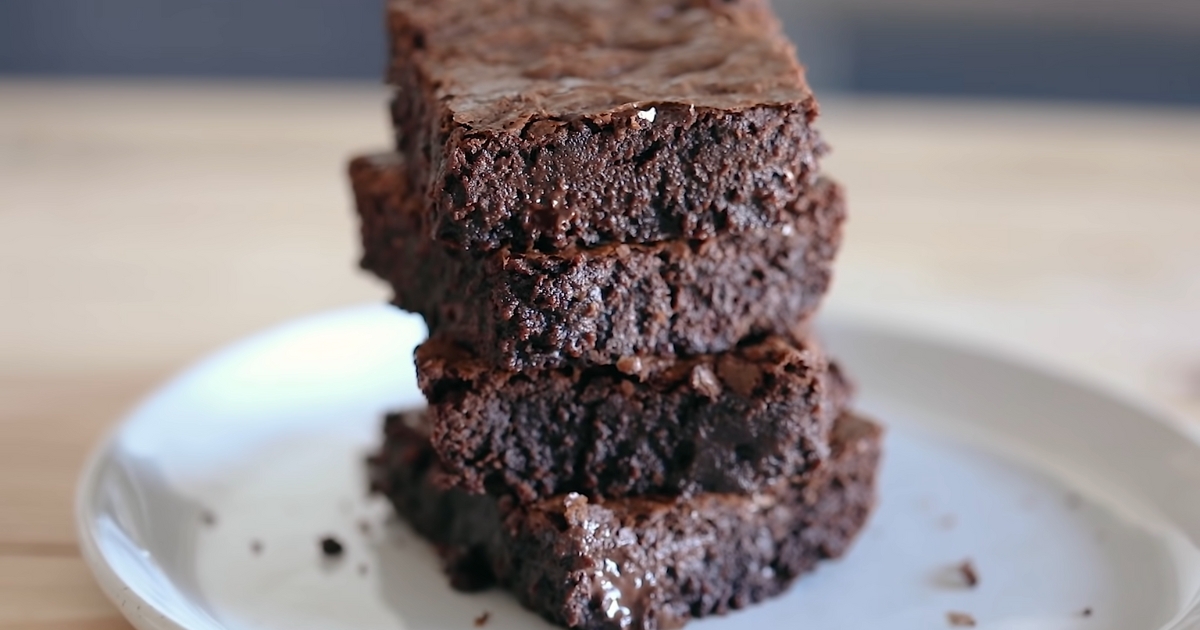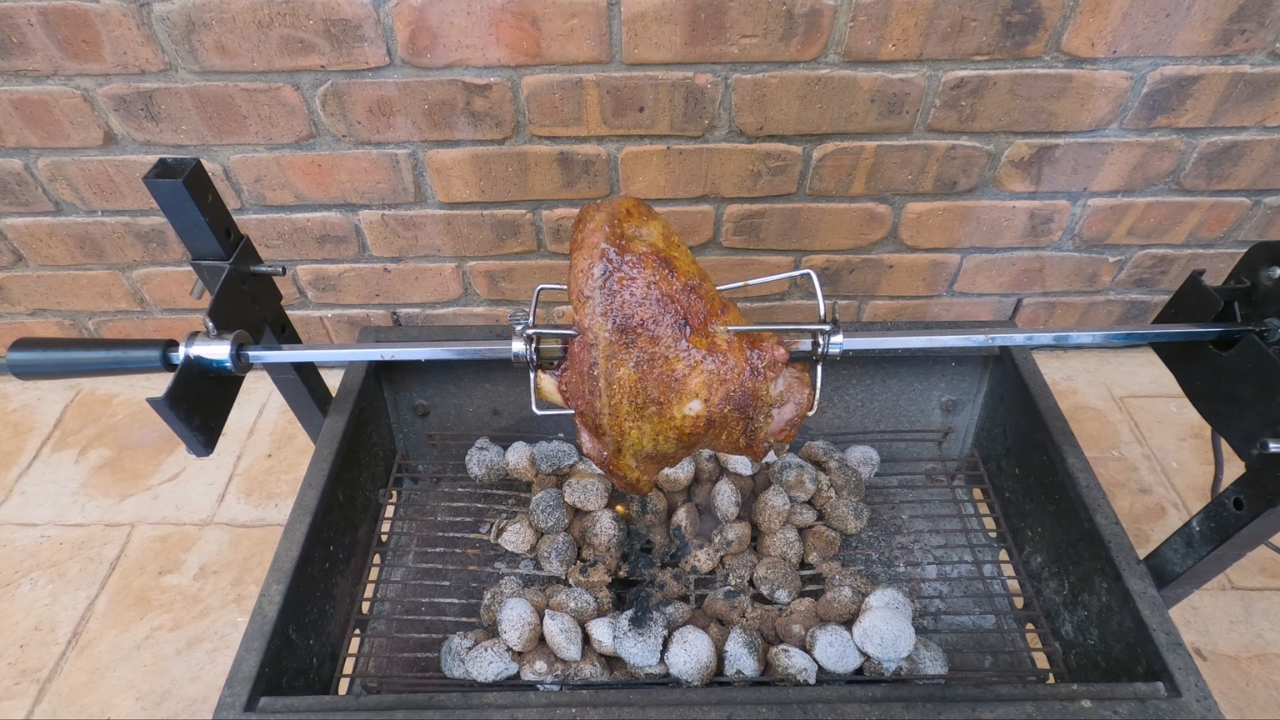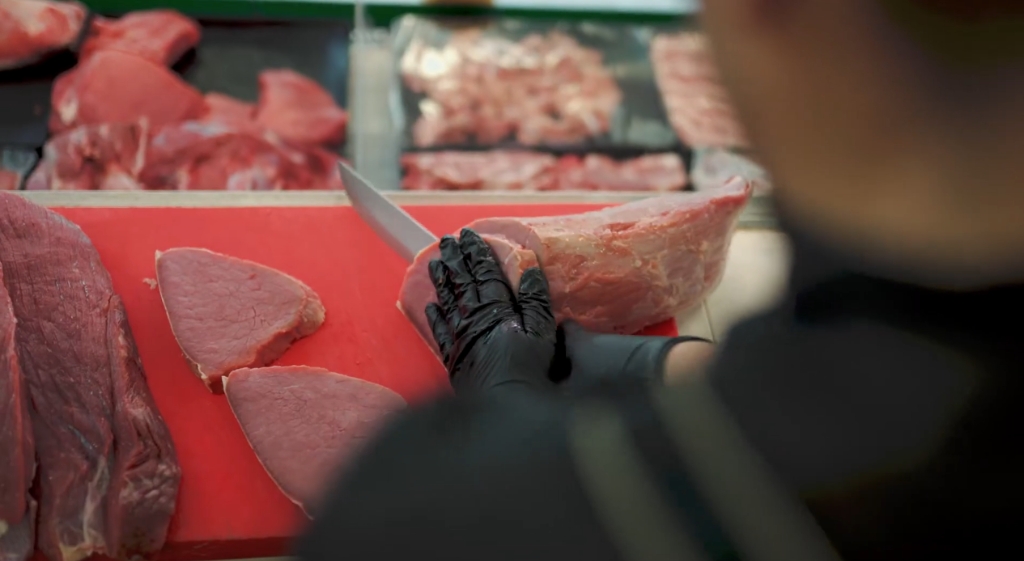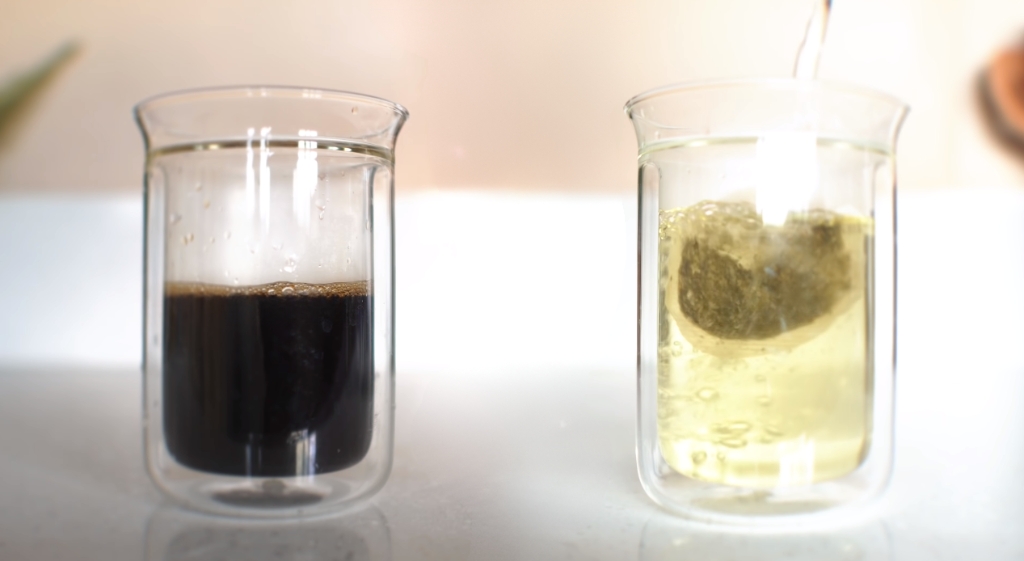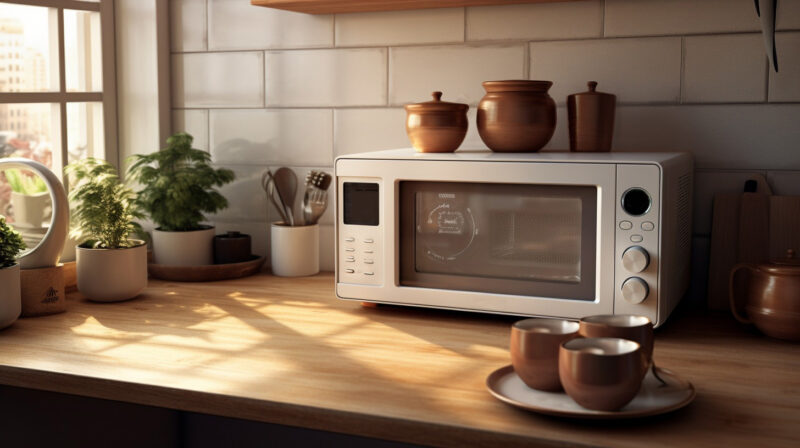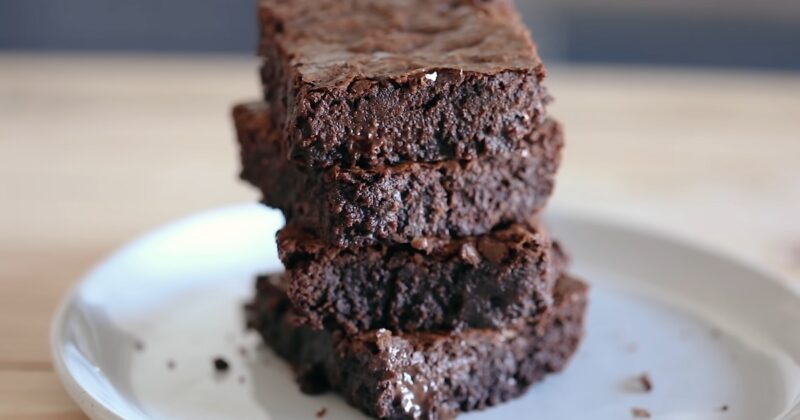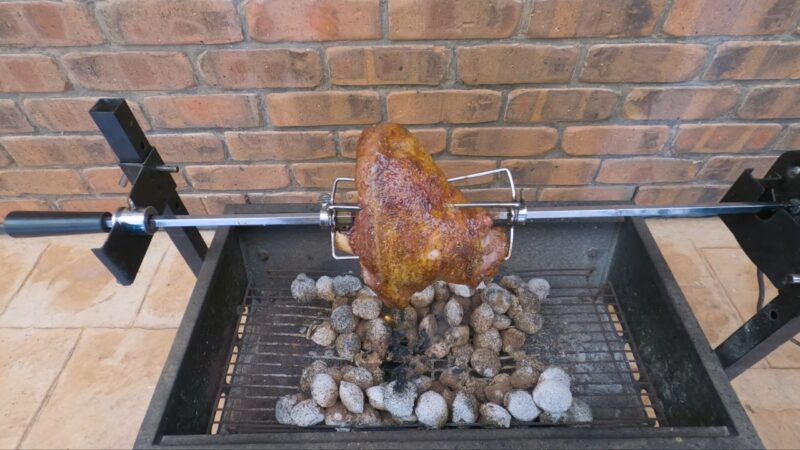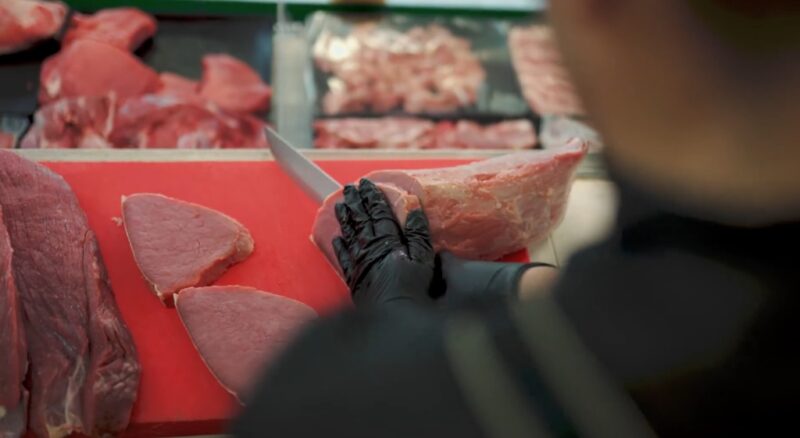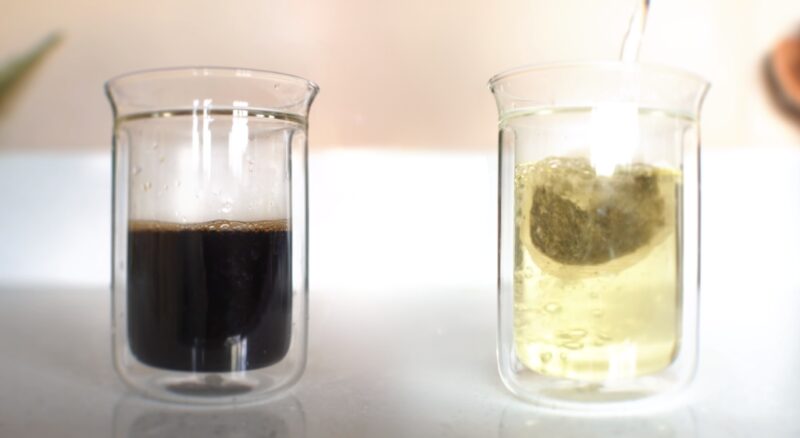
In today’s fast-paced world, the convenience of reheating food quickly in a microwave is undeniable. With convenience often comes questions about safety, especially concerning the materials we use. One such material that has been a topic of debate is Styrofoam.
Through consulting scientific literature, engaging with experts, and considering potential health implications, I sought to answer the pressing question: Is it safe to microwave Styrofoam? A casual dinner incident involving a colleague served as a reminder of the importance of this inquiry.
While this anecdote is not the crux of my investigation, it emphasizes the relevance of understanding the materials that intersect with our daily routines.
Table of Contents
ToggleIs It Hazardous?
Polystyrene, which incorporates harmful particles of styrene and benzene, is one primary chemical ingredient of Styrofoam. They are compounds with potentially neurotoxic and carcinogenic properties and other adverse health effects.
The debate over hot substances, therefore, depends on whether polystyrene leaks into the food when it is warmed up in a microwave oven.
Numerous studies have been published by the National Institute of Standards and Technology (NIST) demonstrating that polystyrene has been shown to show indications of decay roughly 200-degree Celsius and those tiny quantities of polystyrene have been emitted.
At those level of temperature, you should not want to reheat anything in Styrofoam! It is not possible to consume a pot steak on the microwave. Microwave plastic will certainly disintegrate plastic at those temperature increases.
Different Variants
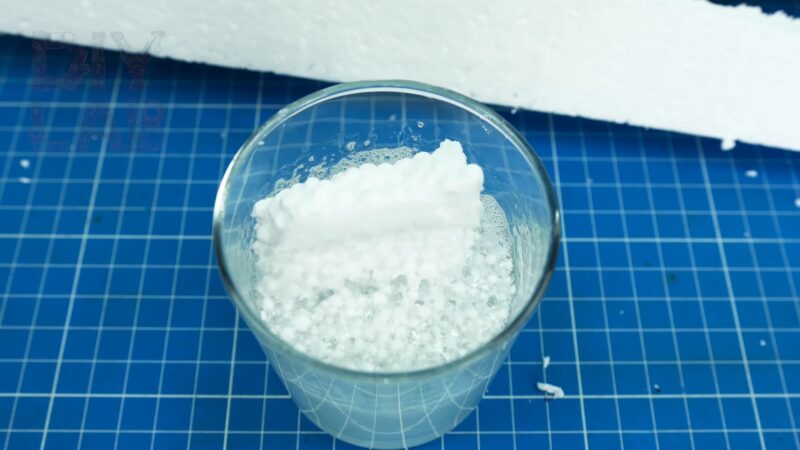
Before we go through the challenges and provide answers the question as to whether or not you can microwave Styrofoam, let us first distinguish the two different types of Styrofoam – the traditional Styrofoam or polystyrene and the newer version of Styrofoam.
Traditional Variant
Polystyrene consists of styrene and benzene that are regarded as harmful compounds. Polystyrene is a pure plastic compound that is used for various applications. Tests showed that high concentrations of compounds, such as styrene and benzene, can trigger cancer and affect the reproductive organs.
Styrofoam doesn’t respond well to heat. The product breaks and melts with high or continuous heat and leaks benzene and styrene into foods. Hence, the last thing you might want to do is either burn or put Styrofoam in a microwave.
Newer Version
Technically, the second form of Styrofoam is not the traditional variant we are aware of, but a comparable item produced from various superior products with reduced concentrations of hazardous compounds.
The product can still be known as Styrofoam and in certain instances, look very much like the product. However, the components vary from the traditional variant and are specially made to resist heat more effectively.
Which of the two types of Styrofoam is safe to use in a microwave? A straightforward answer to that would be the newer version.
To guarantee that any chemical leaking reaches safety standards during its lifespan, the FDA needs comprehensive testing for those components. If the product passes the FDA evaluation, the product that can be used in a microwave will have a notification.
Should you wonder whether Styrofoam is microwave safe, check for signs, warnings or notifications just on the underside or bottom of the product.
Can You Microwave It?
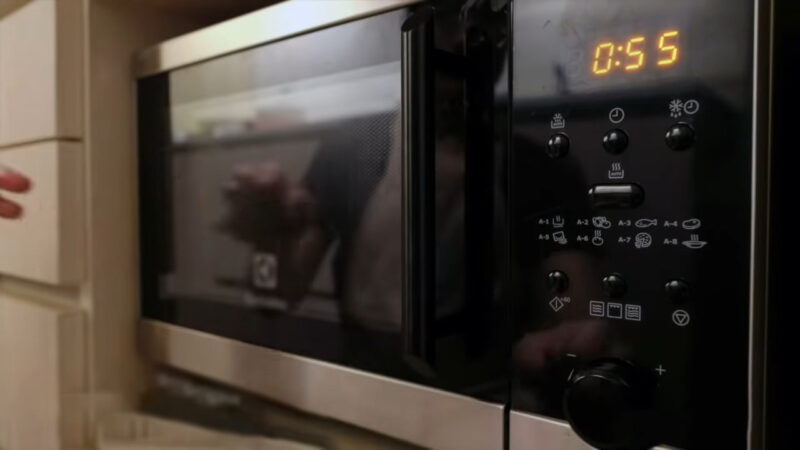
Since Styrofoam is a plastic variety, overheating may release those hazardous substances, including benzene and styrene.
Since these chemicals can trigger vision problems, digestive problems, and even indications of cancer if they are consumed continuously, many individuals attempt to prevent it from microwaving completely. Nevertheless, there are some conditions where microwaving it doesn’t matter.
Below are some aspects that should be considered.
1. Certain containers are labeled safe for use in a microwave
The Styrofoam in cup noodles is designed for heat management. For containers known to be heated, manufacturers structure their Styrofoam in such a way that it prevents or reduces the release of toxins. The FDA approves these containers, and they are often labeled as such.
2. Pay attention to time and temperature
Untreated Styrofoam starts to discharge the chemical compound at approximately 200-224°C. The heat of a microwave may differ depending on food, wattage, and container; however scientifically, it will trigger less damage if microwaved for 30 seconds than microwaving it for 5 minutes.
It can be utilized for a brief period safely if it only requires mild heating. Alternatively, if it is melting or decaying, discard the food completely even if you only had microwaved it for a few seconds.
3. A small opening on the container can make cooking safer
It is tempting to completely cover food, which can become messy in the heating process, to prevent extensive cleaning in the future. Nevertheless, not leaving ventilation for the food can cause it to overheat, making the Styrofoam container even messier.
To ensure safety, provide some vent: Slide the cover to the side or make a small opening in the sealed lid of your disposable Styrofoam. The likelihood of contamination with chemicals will be reduced as the Styrofoam is prevented from rapid melting.
Alternative Approaches that Fail to Meet the FDA Requirements
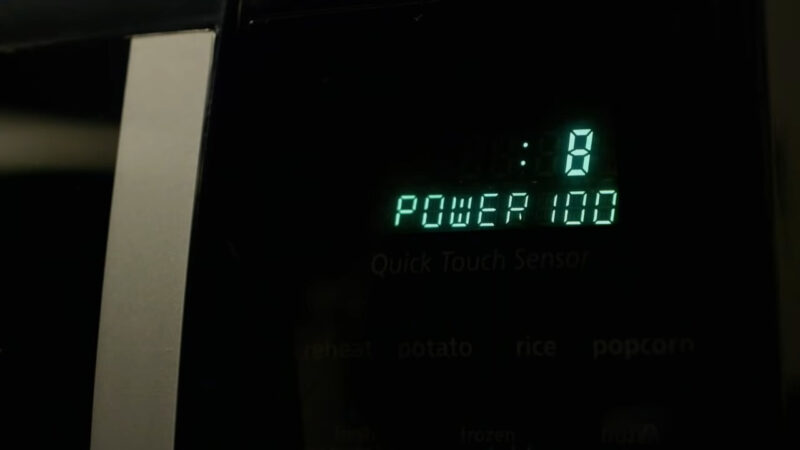
If the Styrofoam fails to meet the requirements of the FDA, the best solution is to seek other alternatives. Microwave-safe Styrofoam is not always available; however, there are different ways microwave users can do.
1. Try a plastic plate that is non-Styrofoam
While these may be susceptible to smelting when overheated, they do not generally carry this one or other materials ‘ prospective hazards. It is helpful to warm your meals within brief ranges with these dishes and to inspect it frequently for damage.
Also, note that more greasy dishes can trigger the microwave tray to break down faster. In spite of these measures, the paper plates are an easy and secure dish for cooking with correct procedures.
2. Consider using a glass
Most people who use the microwave at home have access to a glass container or any microwave-safe container. Yes, it is tempting to shoot a box into the microwave so that it doesn’t need to be emptied on a tray. However, it’s far better to wash this dirty dish than consuming harmful chemicals.
3. Cook food on a paper towel
Although the plate or container cannot be found, there are paper towels almost anywhere. This is a non-toxic and straightforward solution to the Styrofoam if you have a dish that could be set on a level surface. There are some safety tips to be taken into consideration for paper plates:
Try avoiding paper sheets with complicated ink patterns, ensure that the towel is flat but not crumpled, and understand that any paper can burst into flames if it is cooked for an extended period. Wetting your paper towel slightly may also further reduce the risk of hazards.
It may be smart to purchase a microwave container for travel or business trips or even workplace use. The majority of the impact toxic substances are based on their long-term usage.
Will It Melt?
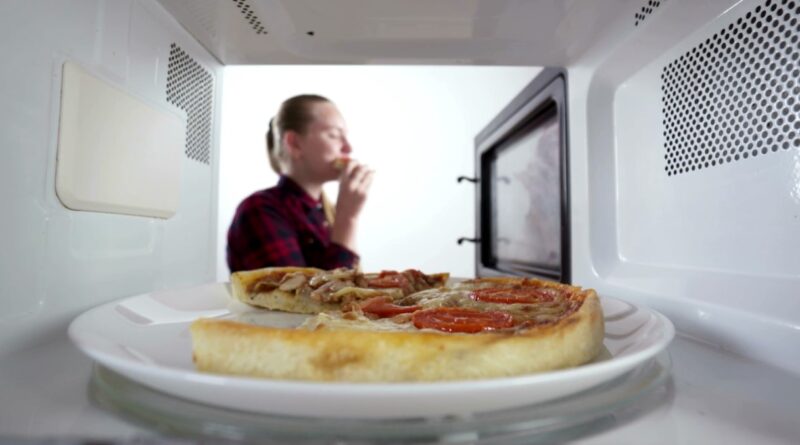
Styrofoam is usually found on various foods or drinks we consume. But the question is, “Will the Styrofoam melt when placed in a microwave?”
1. Take-Out
Whether take-out Styrofoam boxes are microwavable, this can be a bit trickier Do not place it in a microwave if your take-out arrives in a styrofoam container. You have to transfer the foods first into a separate microwavable container.
It may be safer to microwave when your take-out is served in cardboard. Be aware that containers having metal parts should not be put in a microwave as well.
2. Throwaway Plates
Are Styrofoam-made disposable plates microwavable? In past years, styrofoam plate has been generally put at a disadvantage and gradually replaced by paper plates. Paper plates are microwavable; however, they can break down with oily foods.
The plates made from it are not microwavable and should never be placed inside a microwave.
3. Coffee Cups
Are styrofoam cups microwavable? Styrofoam cups are manufactured when water is already heated under very short, quick drinking situations. The cups don’t have to be heated, and the coffee won’t even be capable of retaining the heat well.
Put your coffee in a standard mug before placing it inside a microwave. You may additionally produce espresso with the Piamo for even more discriminating tastebuds.
4. Cup Noodles
Have you seen noodles in cups? Most Asian noodles have that kind of packaging. Cup products of noodles are specifically made to be microwaveable. However, check the box and ensure that the directions do not recommend transferring the noodles into another bowl.
Styrofoam does melt, particularly when exposed to strong chemicals. Even chemical substances present in acetone may cause Styrofoam to melt. It also melts when microwaved for an extended period or when too hot substances of foods are placed on it.
Take for instance, a cup of water. The water heats up at approximately 212 ° F, well under the level where polystyrene was documented to start releasing some of its substances. Since the cup has cooled, polystyrene is now present in the cup of water.
If you are consuming 10 percent of the liquid from a cup weighing an average of five grams, that means you are ingesting around 500 mg of polystyrene.
If the cup is melted and you haven’t eaten bits of heated styrofoam, it is highly likely that somewhere in it, there is styrene. To decrease costs or generate a “best” producing item that could break down at reduced temperatures, manufacturers have introduced other chemicals to their styrofoam.
Important Points to Remember
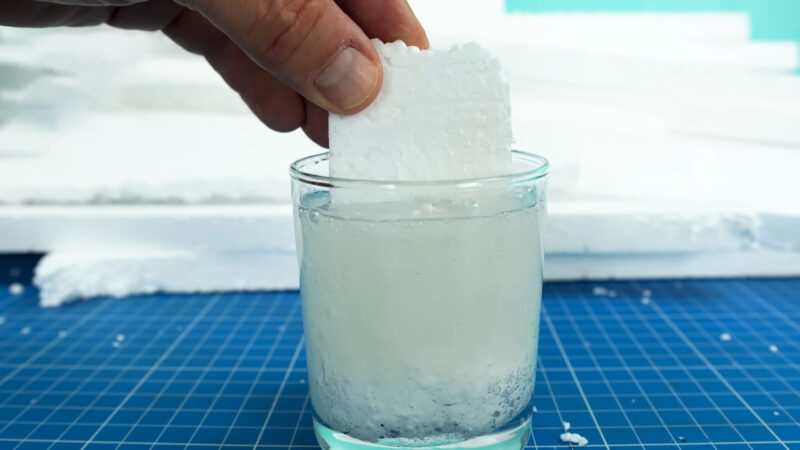
- Pure polystyrene is extremely dangerous, but chemical additive aids to make it much more flame resistant based on the implementation. Containers are unfortunately not suitable for cooking, and thus pose a risk of fire.
- Styrofoam has chemical components that when ingested may cause headaches, hearing loss, fatigue, stomach and eye irritation, dysfunctional central nervous system, and clinical depression.
- Polystyrene has a chemical compound called styrene, which, according to various studies, has been associated with cancer.
- Microwaving it offers multiple advantages, including disposability, cost-effectiveness, and convenience.
FAQs
Can I microwave Styrofoam cups with hot water?
It’s not recommended to microwave Styrofoam cups with hot water because the heat from the water can cause the Styrofoam to melt and release harmful chemicals into your drink. It’s better to transfer the hot water into a different heat-resistant container.
Can I microwave Styrofoam plates?
It’s not recommended to microwave Styrofoam plates because they are not designed to withstand high temperatures and can easily melt or release harmful chemicals into your food. Use microwave-safe glass or ceramic plates instead.
Can I microwave Styrofoam bowls?
It depends on the type of Styrofoam bowl. If the bowl is labeled microwave-safe and approved by the FDA, then it’s safe to use in the microwave. However, if it’s not labeled or you’re unsure, it’s best to use a different heat-resistant container.
Can I microwave Styrofoam takeout containers?
No, it’s not safe to microwave Styrofoam takeout containers because they are not designed to withstand high temperatures and can easily melt or release harmful chemicals into your food. Transfer the food to a microwave-safe container before reheating.
Can I reuse Styrofoam containers after microwaving them?
It’s not recommended to reuse Styrofoam containers after microwaving them because the heat can cause the material to break down and release harmful chemicals into your food. It’s better to use a different heat-resistant container.
Can I put Styrofoam in the oven?
No, it’s not safe to put Styrofoam in the oven because it can melt and release harmful chemicals. Use oven-safe glass or ceramic containers instead.
Can I put Styrofoam in the dishwasher?
No, it’s not recommended to put Styrofoam in the dishwasher because the high temperatures and harsh detergents can cause the material to break down and release harmful chemicals. It’s better to wash Styrofoam containers by hand with mild soap and water.
The Bottom Line
In my research regarding the safety of microwaving Styrofoam, I consulted scientific literature, engaged with experts in the field, and considered the potential health implications. An anecdote that comes to mind is a casual dinner where a colleague heated up leftovers in a container.
This incident, while not pivotal, did underscore the importance of understanding the materials we use in our daily lives. In conclusion, it is imperative to be informed and cautious. While some Styrofoam products may be labeled as microwave-safe, it’s always best to check manufacturer guidelines and err on the side of caution to ensure our health and safety.
Related Posts:
- Can You Make Meatloaf Without Eggs? - Yes, you can!
- 5 Best Food Steamer 2023 – Time For Some Healthilicious Food
- 10 Best VillaWare Waffle Maker - Delicious Cakes Every Time
- 14 Best Kitchen Timer 2023 - Mastering Cooking Time
- 10 Best Roaster Oven 2023 - Perfectly Cooked Meals…
- How Long To Let Brisket Rest & Why - Time-Tested Tips


